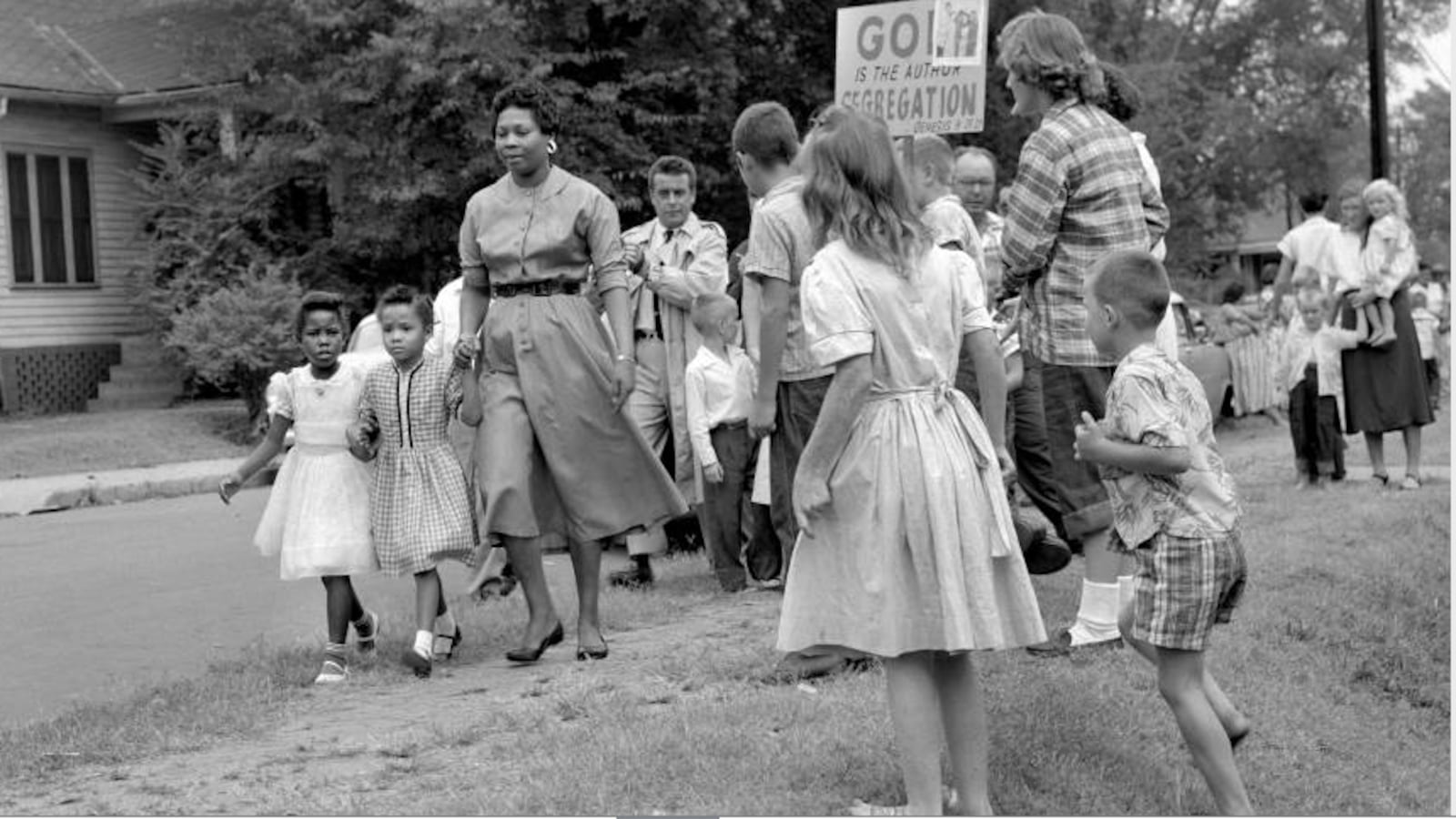In 1966, America got a wake-up call about educational inequality with the release of a 700-page report commissioned by the federal government.
The underlying conclusion of the document, called the Coleman report after its principal investigator, was that inequalities outside of schools resulted in unequal educational outcomes. The report remains hugely influential, in part because it informed a policy shift in the 1970s to large-scale school desegregation.
School districts have long since abandoned the desegregation plans of the 1970s. But diversity in schools still matters, perhaps more than ever, says a panel of experts exploring education equity 50 years after Coleman.
“We’ve slid back,” said Claire Smrekar, a professor at Peabody College of Education at Vanderbilt University, which hosted the panel discussion on Thursday in Nashville.
Smrekar, who also serves as a consultant with the Civil Rights Division of the U.S. Department of Justice, listed policy changes that have resulted in schools reverting to their pre-desegregation racial makeups: Busing has long since ended and was far from perfect while it lasted, burdening black families more than white families, she said. Courts have forbidden districts from adopting assignment plans that specifically address race. Magnet schools, also known as optional schools in some districts, were championed as a tool for integration in the 1990s but have largely had the opposite effect.
The panelists argued that, despite challenges and setbacks, school diversity is crucial both to raising academic achievement and building trust among people of different races, ethnicities, and backgrounds.
Rucker Johnson, a professor at the University of California at Berkeley and a fellow at the National Bureau of Economic Research, pointed to recent unrest in Charlotte, N.C., following the police killing of a black man.
Charlotte once was an exemplar of school desegregation but, like districts in Tennessee, the city quickly re-segregated its schools across the 1990s and 2000s. Now it has one of the lowest upward mobility rates for low-income children in the country, because of both school and housing segregation. “That’s not a coincidence,” Johnson said.
Panelists said school choice — the use of charter schools, magnet schools and other programs allowing parents to send their children to a school outside of their neighborhood — might be one of the best tools to boost education equity.
But that takes thoughtful planning, said Carol Johnson, a former school superintendent in Boston, Minneapolis and Memphis, when charter schools first opened in Tennessee. Her husband taught at one.
“Choice is something we value as parents, but we have to be careful, because there are unintended consequences,” said Johnson, who headed Memphis schools from 2003 to 2007. “It’s not the what, it’s the how.”
Johnson said many black parents have expressed to her through the years that they value diversity because it prepares their children for life after school. “We have to get better at educating a more diverse population so we can compete internationally,” she said.
Richard Dinkins, who represented the plaintiffs in Nashville’s desegregation case and is now a judge on the Tennessee Court of Appeals, said neither lawsuits or research are enough to ensure that desegregation actually happens.
“We need to have a coordinated community effort on how we are going to educate our children,” he said. “The lawsuit can’t do it. The research by itself can’t do it. We all have to do it.”

